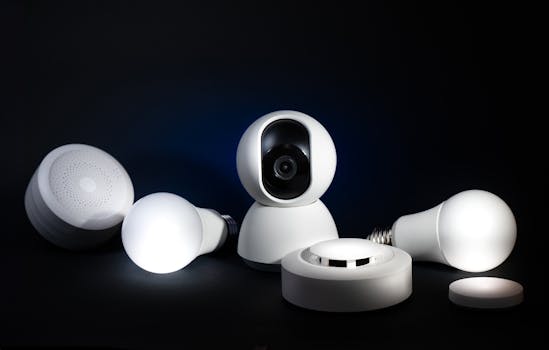
Satellites as Sentries: Advanced Technologies for Global Communication and Surveillance
Satellites have become an essential part of modern life, providing critical services such as global communication, navigation, and surveillance. With the increasing demand for reliable and high-speed connectivity, satellites have evolved to incorporate advanced technologies that enable widespread coverage and monitoring capabilities. In this article, we will explore the role of satellites in global communication and surveillance, and examine the cutting-edge technologies that are driving this industry forward.
Introduction to Satellite Technology
Satellite technology has come a long way since the launch of the first artificial satellite, Sputnik, in 1957. Today, there are thousands of satellites orbiting the Earth, providing a range of services including television broadcasting, telecommunications, weather forecasting, and navigation. Satellites operate by transmitting and receiving signals to and from Earth, using a network of ground stations and satellite constellations to provide global coverage.
Global Communication
Satellites play a vital role in global communication, enabling the transmission of data, voice, and video signals across the globe. With the increasing demand for mobile broadband and high-speed internet, satellites are being used to provide connectivity to remote and underserved areas. Advanced satellite technologies such as Ka-band and Q/V-band frequencies are being used to provide faster and more reliable connections, while satellite constellations such as OneWeb and Starlink are being developed to provide global coverage.
Surveillance and Monitoring
Satellites are also being used for surveillance and monitoring purposes, providing critical services such as Earth observation, weather forecasting, and maritime surveillance. Advanced satellite technologies such as synthetic aperture radar (SAR) and hyperspectral imaging are being used to provide high-resolution images and data, while satellite constellations such as Planet Labs and DigitalGlobe are being used to provide global coverage and monitoring capabilities.
Conclusion
In conclusion, satellites are playing an increasingly important role in global communication and surveillance, with advanced technologies enabling widespread connectivity and monitoring capabilities. As the demand for reliable and high-speed connectivity continues to grow, satellites will remain a critical part of modern life, providing essential services such as global communication, navigation, and surveillance.